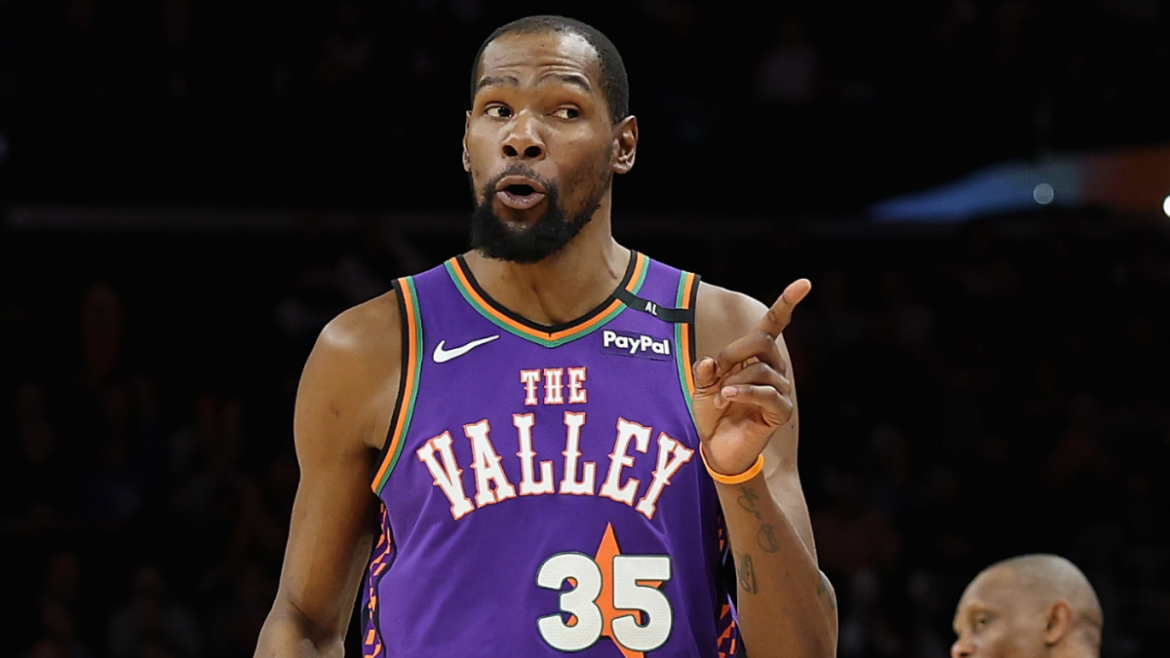The 2025 NBA offseason has emerged as a dynamic arena of player movement and strategic recalibration, shaped by a busy trade deadline earlier in February and ongoing roster evaluations. As anticipation builds around future trades, free agency, and the draft, a closer examination of key players, financial constraints, and team intentions reveals an intricate landscape. This analysis delves into the most pertinent facets shaping the 2025 NBA offseason, providing a comprehensive understanding of the major trade candidates, trends, and team priorities.
Trade Market Overview: A Season of High Stakes and Financial Precision
The 2025 NBA offseason follows a trade deadline that many analysts describe as one of the most surprising in recent memory, signaling an intense summer of activity ahead. Central to trade discussions is the impact of the 2023 Collective Bargaining Agreement (CBA), which introduced new restrictions aimed to limit excessive player movement, especially regarding salary cap mechanics. This focus on money management remains pivotal; teams must carefully navigate these rules while attempting bold roster adjustments.
A significant theme through recent reports is the layering of trade candidates into tiers, spanning about 100 players for the summer and around 70 at the February deadline. This tier-based approach helps teams prioritize potential moves, balancing star power alongside role players who can fulfill specific strategic needs. Key names topping these lists include high-profile stars such as Kevin Durant, Giannis Antetokounmpo, Trae Young, and Karl-Anthony Towns. The presence of such elite players highlights the gravity and potential transformative effect of offseason trades.
Identifying the Most Untouchable and Movable Players
Each NBA franchise holds cherished assets considered untouchable due to their core role or contractual value. For example, the Boston Celtics regard Jayson Tatum as indispensable, while Atlanta Hawks strongly protect rising talents such as Zaccharie Risacher. Conversely, several franchises signal openness to moving their notable contributors to retool or reset their competitive windows. The Atlanta Hawks’ pivot is evident with trades involving De’Andre Hunter and Bogdan Bogdanovic, placing Trae Young’s future firmly in the trade speculation spotlight despite his impressive production (23.4 points and 11.4 assists per game).
Other teams with looming decisions include the Miami Heat, who face free agency questions around key role players like Davion Mitchell (restricted) and Alec Burks (unrestricted), adding complexity to their roster planning. Similarly, the Bucks are managing uncertainty with four unrestricted free agents, including prominent names like Brook Lopez and Gary Trent Jr., intensifying speculation on the team’s next steps.
Financial and Contractual Dynamics in Player Movement
The 2023 CBA’s influence manifests strongly in trade negotiations and roster construction. With new salary restrictions and luxury tax considerations, executives must balance ambition with prudence. Expiring contracts and player options gain notable attention, as these can facilitate trades without long-term financial commitments that could inhibit future flexibility.
For instance, Phoenix could streamline salary considerations by moving pieces like Jabari Robinson and Terry Rozier—combining rotation value with $46.4 million in expiring salary. Such moves could create room for free agency or future acquisitions. Similarly, players like Pat Connaughton (player option) become intriguing trade assets due to their contract structures fitting into broader salary cap puzzles.
Impact of Recent Trades and Their Ripple Effects
The ripple effects of the blockbuster Luka Dončić trade continue to unsettle league balance, encouraging other teams to consider bold transactions. Jimmy Butler’s midseason trade to Golden State marks another significant shake-up, demonstrating that even established stars are subject to relocation in the current climate.
Brandon Ingram’s move from New Orleans to Toronto exemplifies a shift for players from “aimless rebuilds” toward teams with clearer trajectories, offering fresh starts and new team dynamics. These moves ripple through free agency and draft strategy, influencing how teams approach their offseason.
The Draft and Prospect Considerations
The 2025 NBA Draft also looms large in offseason strategy. Projects of top prospects, including the highly coveted Cooper Flagg, continue to shape trade conversations. Teams like the Dallas Mavericks, awarded lottery rights to Flagg, sit at the center of draft-day planning and potential trade maneuvers that could involve draft picks or packaged deals for veteran talent.
The balance between building through the draft and acquiring proven stars creates a complex equation. Several teams juggling playoff aspirations or tanking deliberations must decide whether to lean into youth or veteran presence, with the draft serving as a vital lever.
Free Agency Outlook: Top Targets and Market Nuances
The free agency pool for summer 2025, while not loaded with blockbuster names due to prior contract extensions, still offers valuable contributors. Rankings point to players with role-changing potential, even if they are not the most efficient scorers. Teams scouting the free agent market must consider fit, contract terms, and the evolving financial landscape shaped by the 2023 CBA.
Simultaneously, the post-trade-deadline buyout market presents opportunities. Around 35 players are identified as viable buyout targets, offering teams inexpensive, flexible options for strengthening rosters ahead of playoff pushes or rebuilding efforts.
Conclusion: A High-Stakes Offseason Poised for Dramatic Shifts
As the 2025 NBA offseason unfolds, one thing remains clear: no player is truly safe, and every franchise faces tough questions regarding their direction. With salary cap realities steering decisions, and a history-making trade deadline setting the tone, teams will be navigating a landscape ripe with both opportunity and complexity.
From megastars like Durant, Giannis, and Trae Young bearing trade speculation to savvy bargains in the buyout market, this offseason promises to redefine team identities. The draft and free agency further compound these dynamics, offering varied routes toward contention or rebuilding.
The coming months will witness a relentless chess match of trades, signings, and strategic gambles, shaping the NBA’s competitive order for years to come. In this environment, foresight, financial acumen, and boldness will separate successful franchises from those left scrambling in the wake of rapid change.





